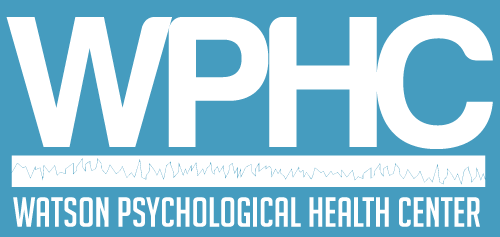Struggling With PTSD? Don’t Give Up Hope!
Post-traumatic stress disorder (PTSD) is a condition that can develop after a person experiences or witnesses a traumatic event. The symptoms of PTSD can be debilitating and can affect a person's ability to function in their daily life. These symptoms can include flashbacks, nightmares, and avoidance of triggers that remind the person of the traumatic event. PTSD can also lead to other mental health conditions such as depression, anxiety, and substance abuse.
The parts of the brain that are affected in PTSD include the amygdala, hippocampus, and prefrontal cortex. The amygdala, which is involved in the processing of emotions, is hyperactive in people with PTSD. This leads to an exaggerated fear response to traumatic memories and triggers. The hippocampus, which is responsible for forming and storing memories, is also affected in PTSD. Studies have shown that the hippocampus may be smaller in people with PTSD, which can contribute to difficulty in recalling details of the traumatic event. The prefrontal cortex, which is involved in regulation of emotion and decision making, is also affected in PTSD. It may be less active in people with PTSD, which can contribute to difficulty in controlling emotional reactions to traumatic memories and triggers.
Treatment for PTSD can include therapy, medication, and neurofeedback. Therapy can include cognitive-behavioral therapy, which helps you to change your thoughts and behaviors related to the traumatic event. Medication can include antidepressants and anti-anxiety medication. Neurofeedback is a form of biofeedback that uses brainwave monitoring to teach you to control your brain activity.
Neurofeedback for PTSD is a non-invasive and drug-free treatment that can help to regulate the activity in the parts of the brain affected by PTSD. By monitoring brain activity and providing feedback to you, neurofeedback can help you to learn to control your brain activity and reduce symptoms of PTSD.
One study found that neurofeedback was effective in reducing symptoms of PTSD in veterans. The study included 30 veterans who had been diagnosed with PTSD. The veterans received neurofeedback treatment for 12 sessions. The results showed that neurofeedback was effective in reducing symptoms of PTSD, as well as depression and anxiety.
Another study found that neurofeedback was effective in reducing symptoms of PTSD in children. The study included 25 children who had been diagnosed with PTSD. The children received neurofeedback treatment for 20 sessions. The results showed that neurofeedback was effective in reducing symptoms of PTSD, as well as anxiety and depression.
A more recent study in 2020, showed that neurofeedback is effective in reducing symptoms of PTSD in individuals who have experienced sexual trauma. The study included 24 women who had been diagnosed with PTSD related to sexual trauma. The women received neurofeedback treatment for 20 sessions. The results showed that neurofeedback was effective in reducing symptoms of PTSD, as well as depression and anxiety.
It is important to note that neurofeedback is not a standalone treatment for PTSD, but it can be used in combination with other forms of treatment such as therapy and medication. It's also important to note that more research is needed to fully understand how neurofeedback works for PTSD and how it can be used to help people who are struggling with this condition.
PTSD is a debilitating condition that can affect a person's ability to function in their daily life. The symptoms of PTSD can include flashbacks, nightmares, and avoidance of triggers that remind the person of the traumatic event. The parts of the brain that are affected in PTSD include the amygdala, hippocampus, and prefrontal cortex. Treatment for PTSD can include therapy, medication, and neurofeedback. Neurofeedback for PTSD is a non-invasive and drug-free treatment that can help to regulate activity in the brain.
If you have questions about treatment options for PTSD or would like to schedule an appointment, contact our office.


